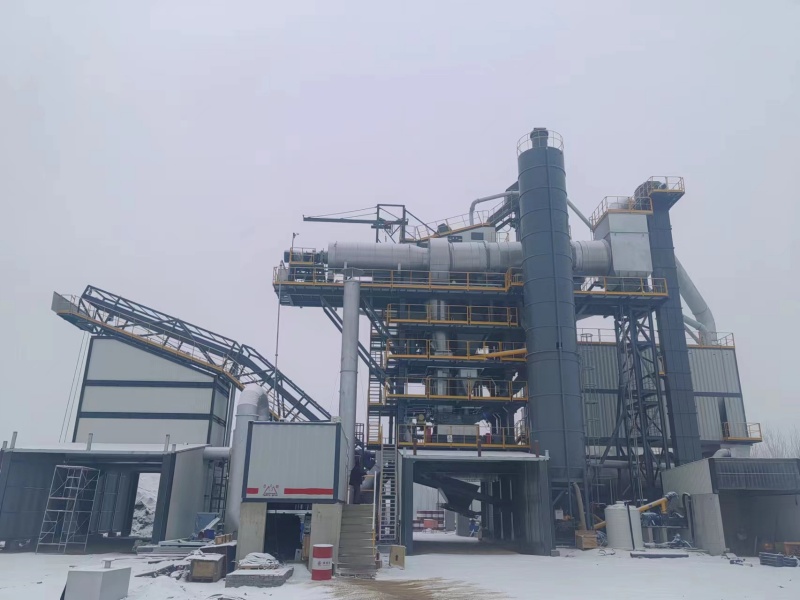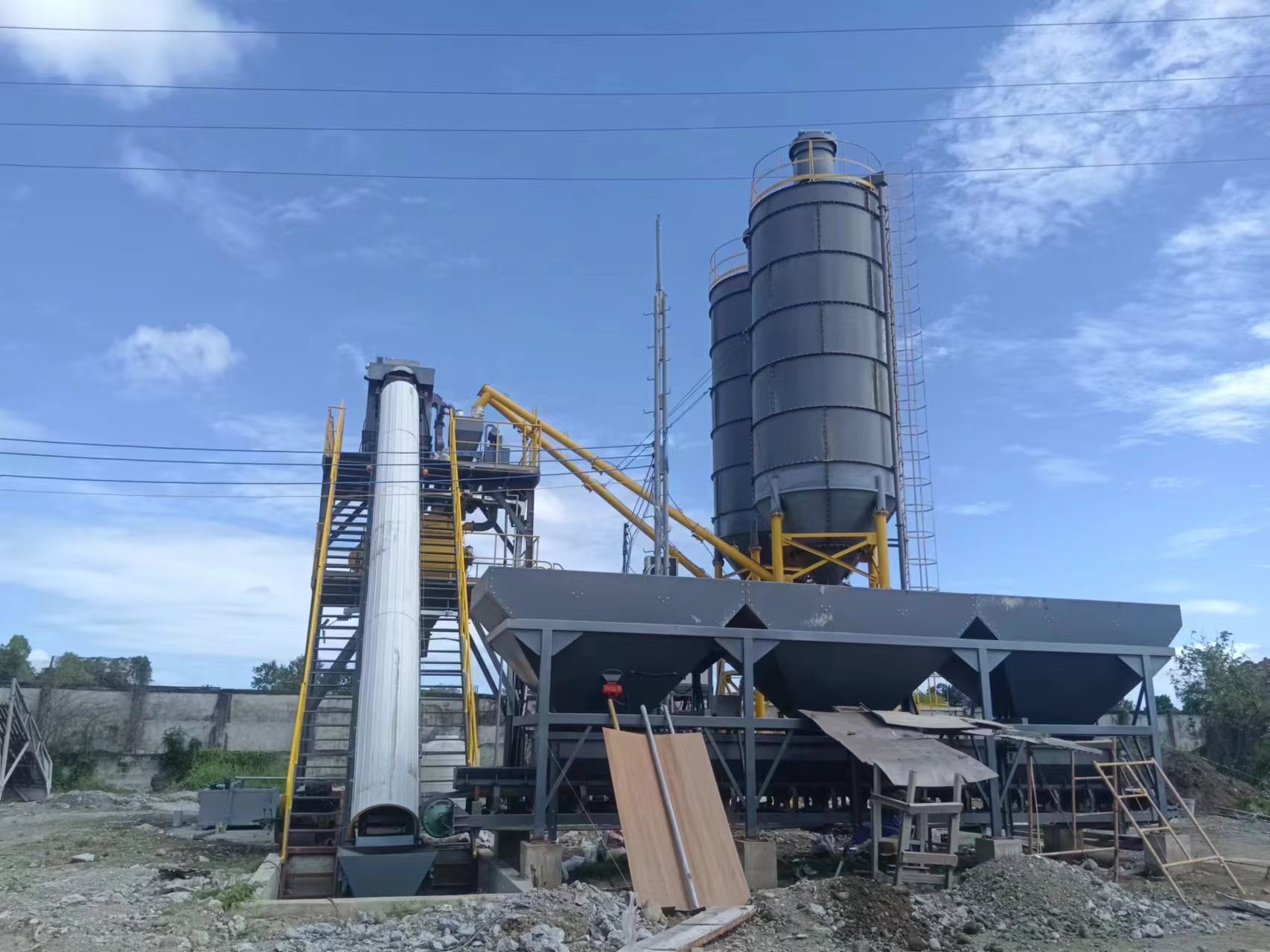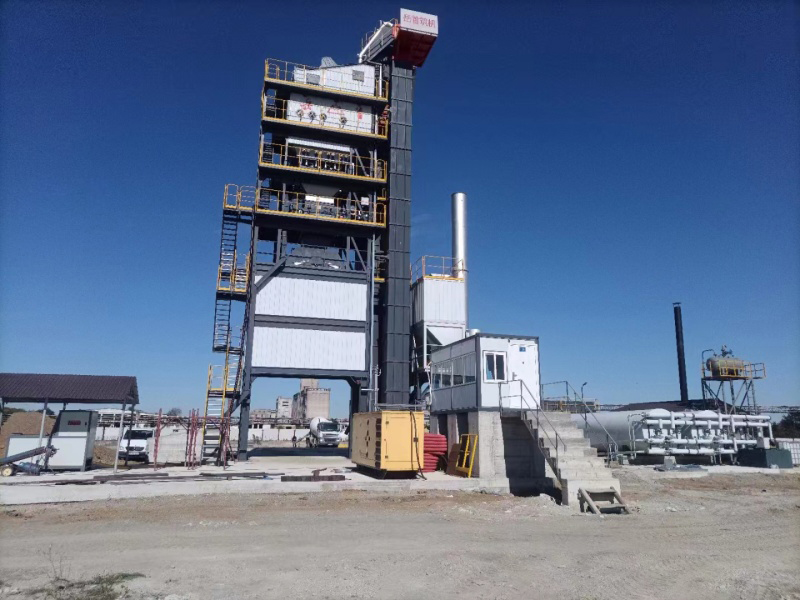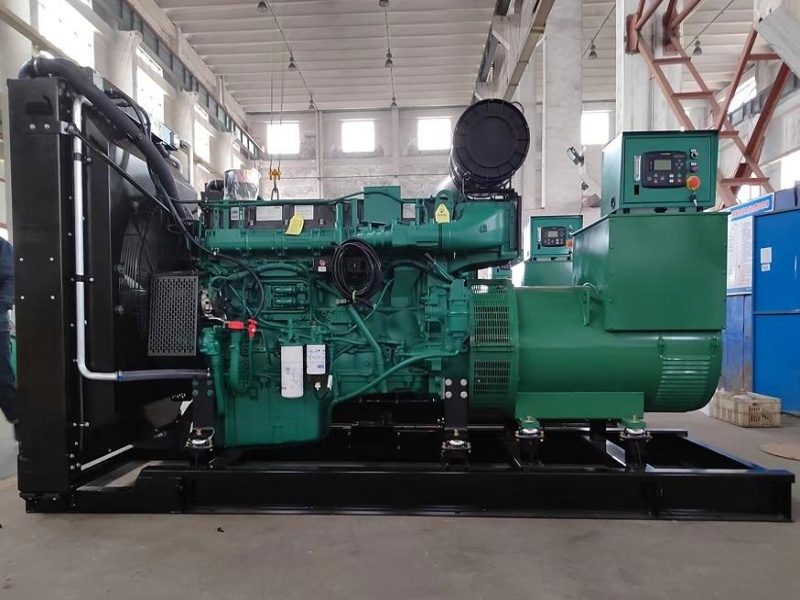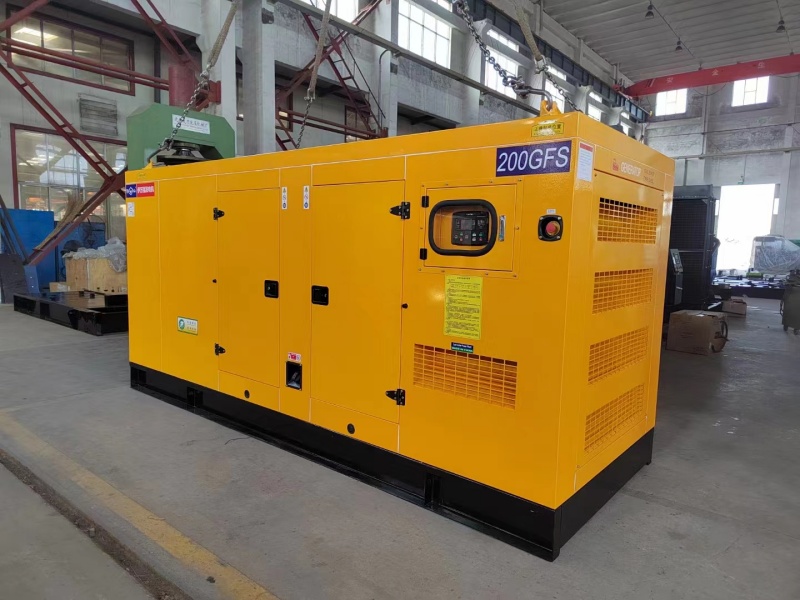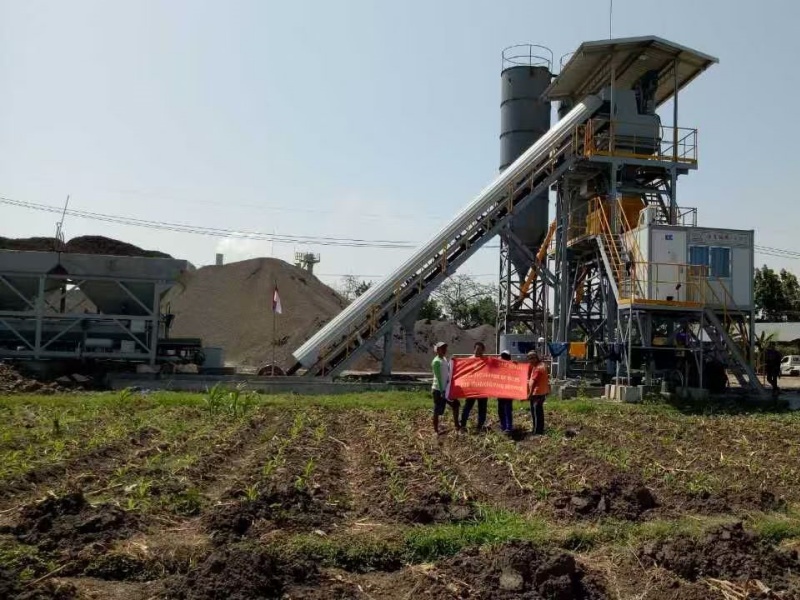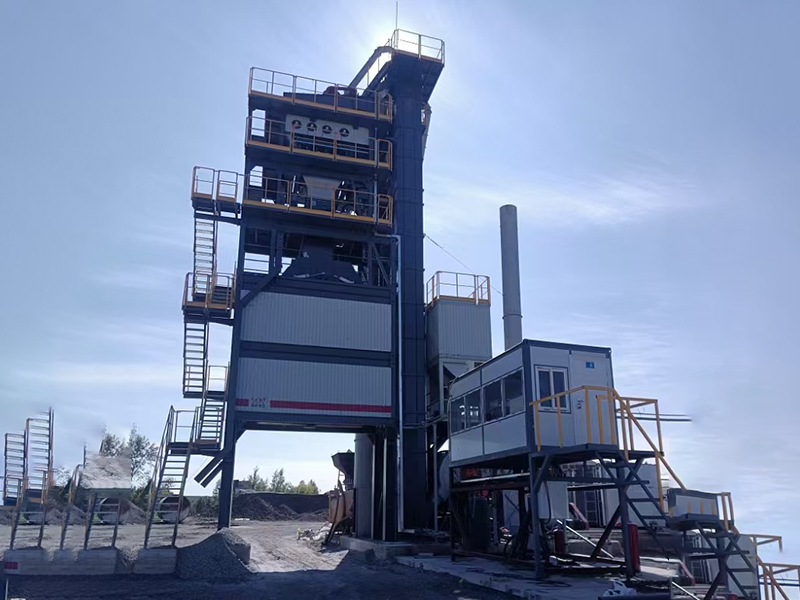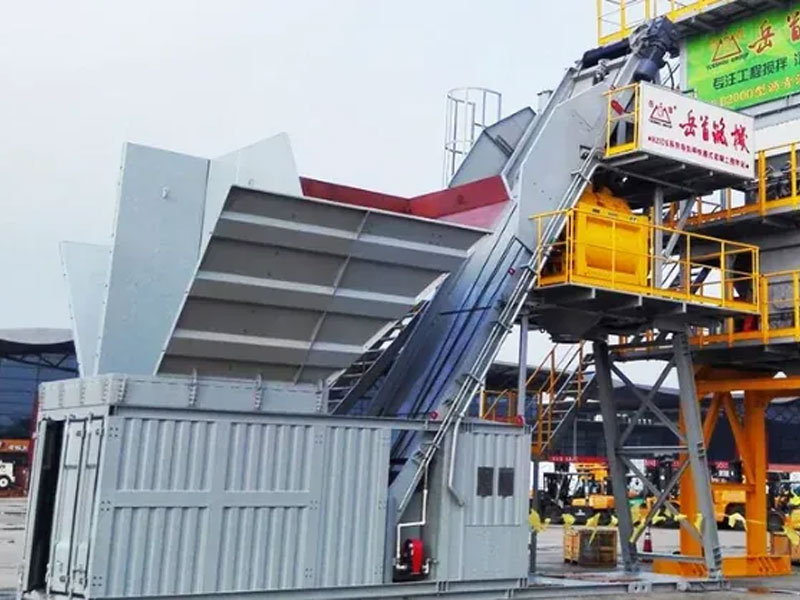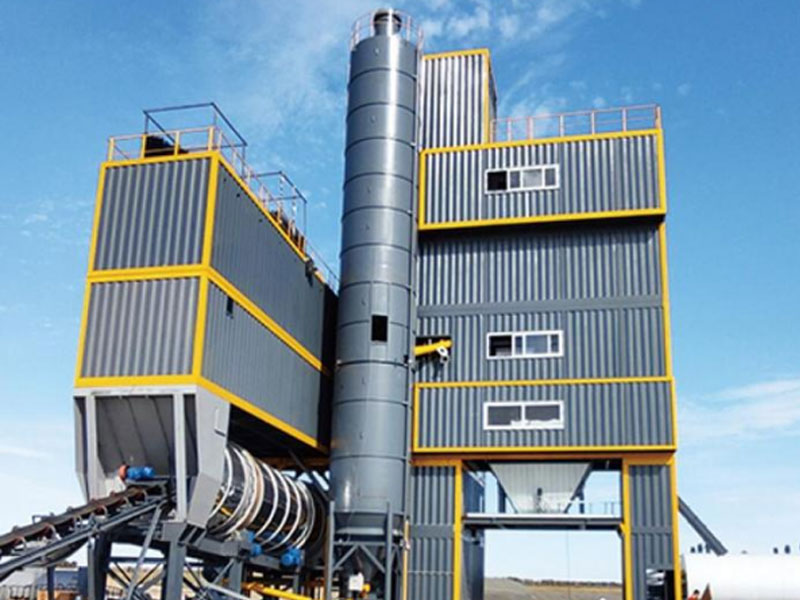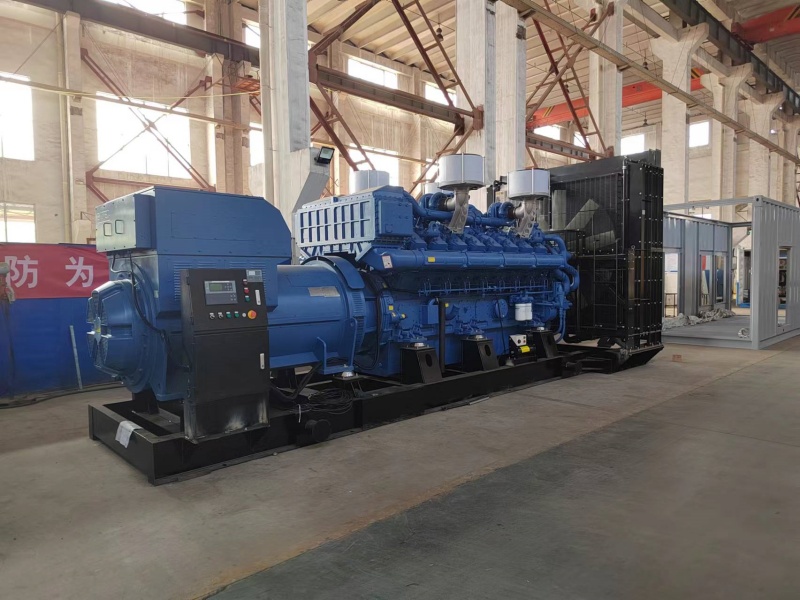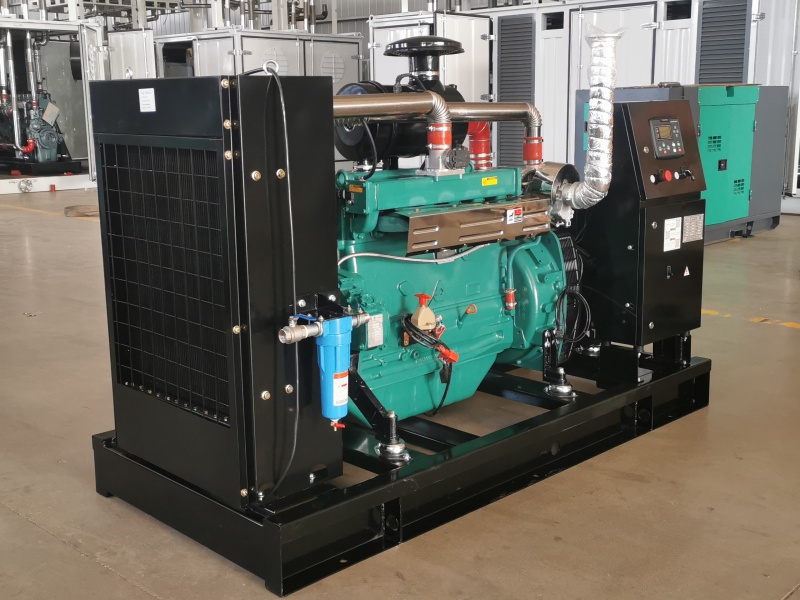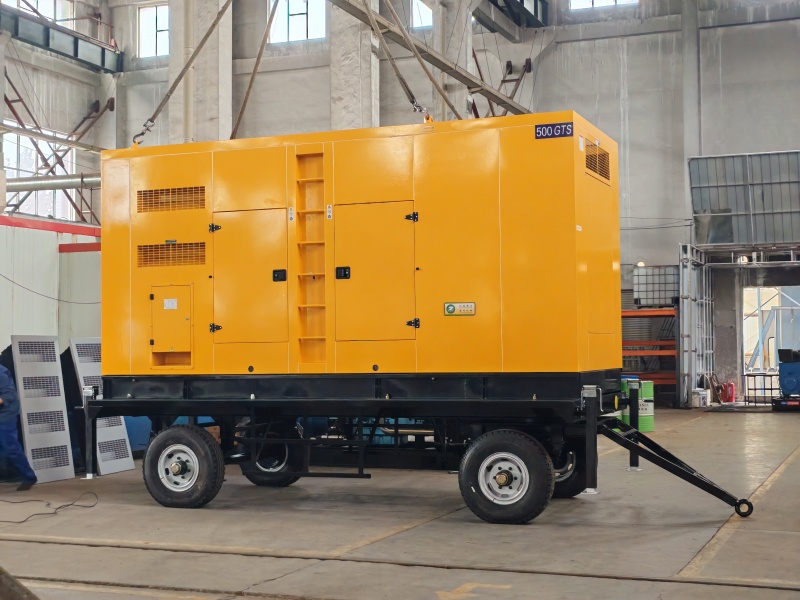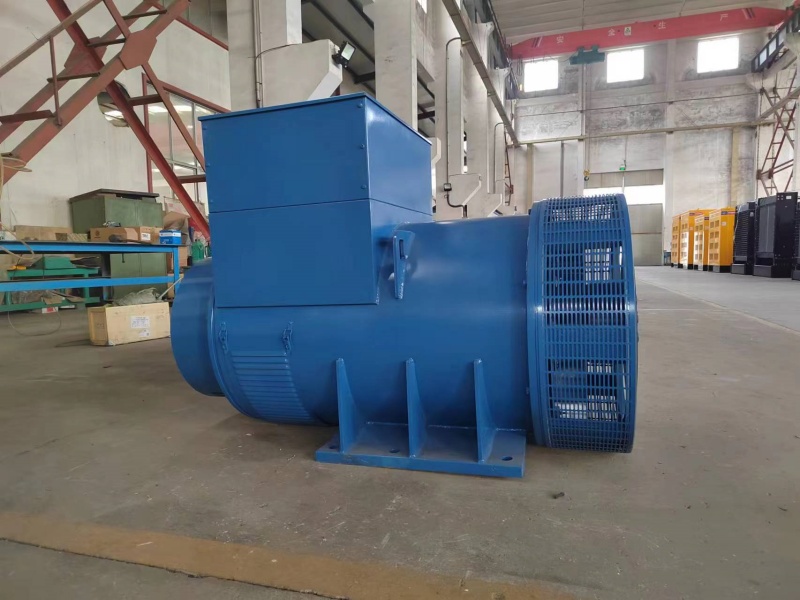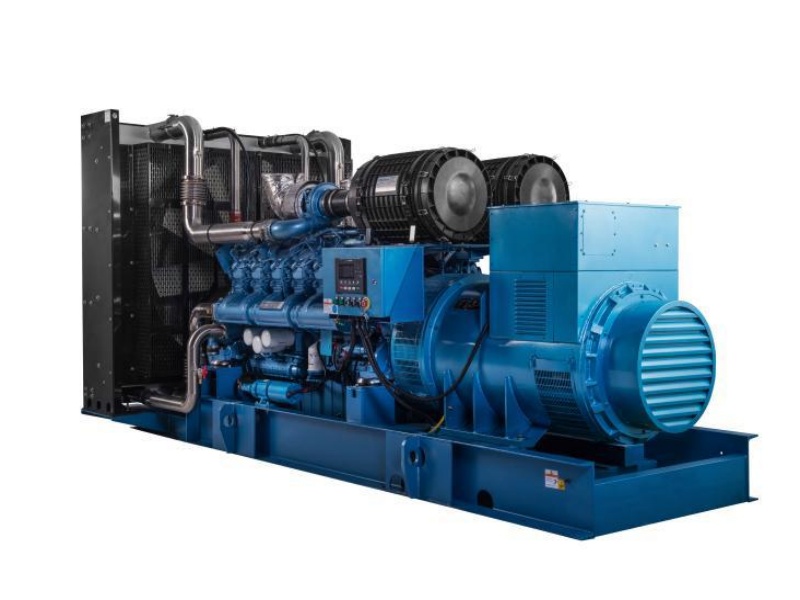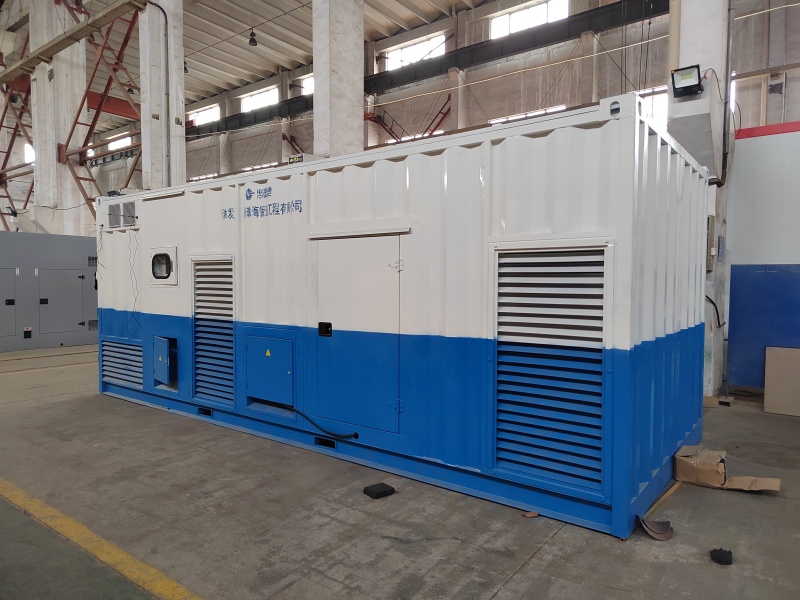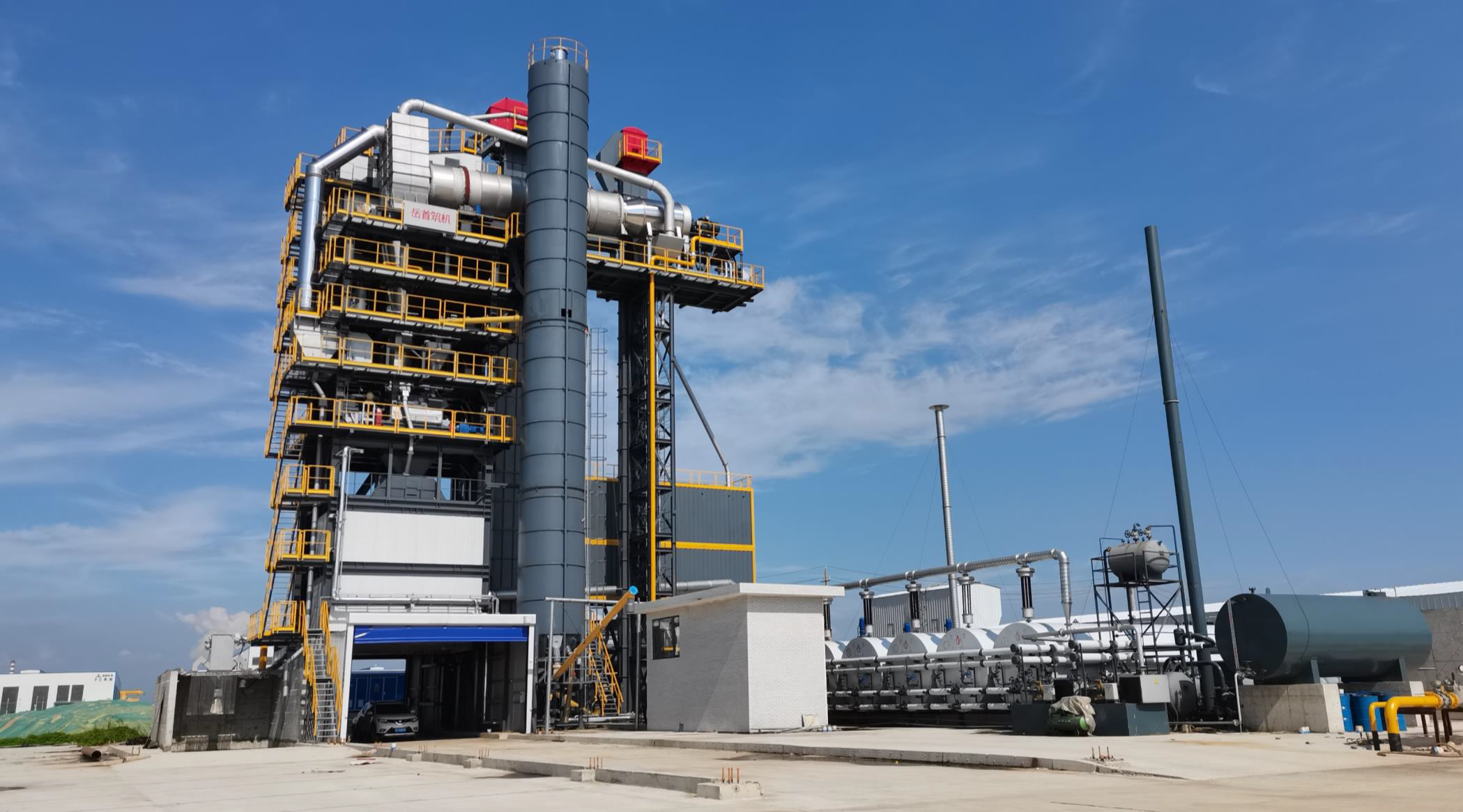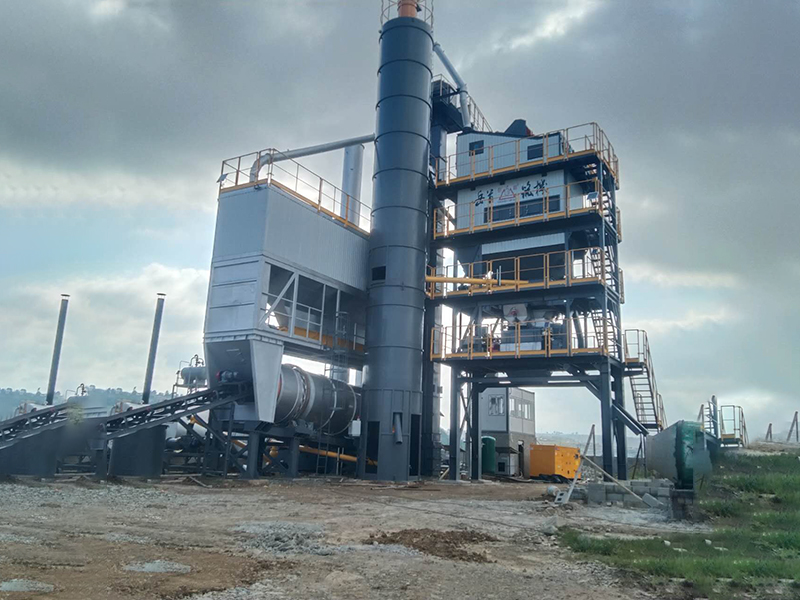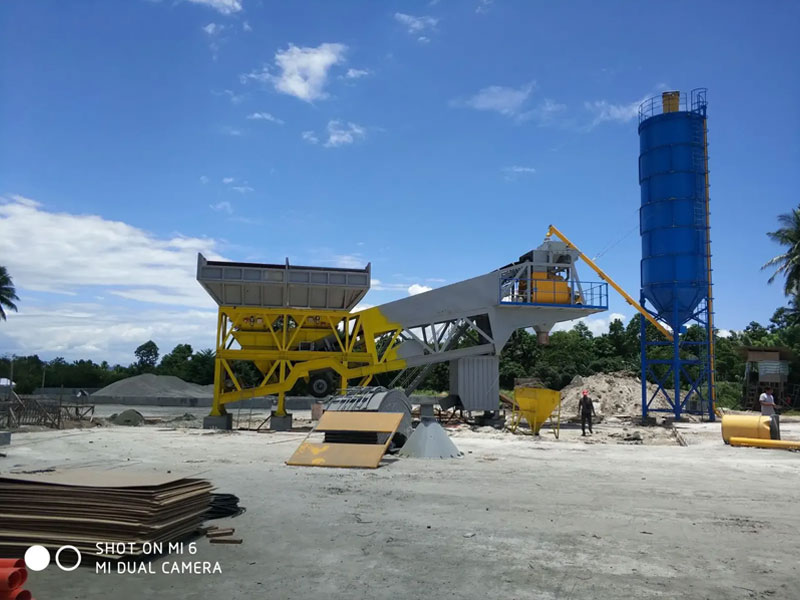Best meka concrete plants
Best Meka Concrete Plants: A Comprehensive Guide
Choosing the right meka concrete plant is crucial for efficient and profitable concrete production. This guide explores key factors to consider when selecting a meka concrete plant, comparing different models and highlighting features to optimize your operation. We’ll delve into capacity, automation, sustainability, and overall return on investment.
Understanding Your Concrete Production Needs
Assessing Your Project Scale and Requirements
Before investing in a meka concrete plant, accurately assess your project's scale. Consider the volume of concrete needed daily, weekly, or annually. Will you be involved in large-scale infrastructure projects, smaller residential constructions, or a mix of both? Understanding your production needs directly impacts the type and size of meka concrete plant most suitable for your operation. Factor in future expansion potential to avoid premature obsolescence.
Location and Infrastructure Considerations
The location of your concrete plant plays a vital role in its efficiency and operational costs. Accessibility for raw materials delivery and finished concrete transportation is paramount. Consider proximity to aggregate sources, water supply, and power grids. Adequate space for the plant itself, including storage areas for materials and finished products, is crucial. The existing infrastructure at the site will also dictate the type of meka concrete plant that can be effectively implemented.
Types of Meka Concrete Plants
Stationary vs. Mobile Concrete Plants
Meka concrete plants come in two primary configurations: stationary and mobile. Stationary plants are ideal for large, long-term projects where permanent installation is feasible. They typically offer higher production capacities and advanced automation features. Mobile plants, on the other hand, offer flexibility and portability, making them suitable for projects with varying locations or shorter durations. The choice depends heavily on your project's specifics and budget.
Capacity and Output Requirements
Meka concrete plants offer a range of capacities to suit different production needs. From smaller plants suitable for localized projects to large-scale plants capable of supplying major infrastructure developments, the selection process must align with projected output. Factors such as batch size, mixing time, and overall production rate need careful consideration. Consult with Meka directly or a reputable supplier to determine the optimal capacity for your requirements.
Key Features to Consider
Automation and Control Systems
Modern meka concrete plants incorporate advanced automation systems to enhance efficiency and precision. Features like automated batching, weighing, and mixing improve consistency and reduce human error. Sophisticated control systems monitor various parameters, ensuring optimal performance and minimizing downtime. Consider the level of automation that best fits your operational expertise and budget. Highly automated systems often command a premium but can significantly increase productivity.
Sustainability and Environmental Impact
Environmental considerations are increasingly important in the construction industry. Look for meka concrete plants with features that minimize environmental impact. This might include reduced water consumption, efficient energy usage, and dust suppression systems. Sustainable practices not only reduce operational costs but also enhance your company's reputation.
Choosing the Right Meka Concrete Plant Supplier
Selecting a reliable supplier is crucial for a successful implementation. Look for a company with a proven track record, excellent customer support, and a wide range of plant options. Taian Yueshou Mixing Equipment Co.,Ltd. (https://www.taysmix.com/) offers a variety of high-quality mixing equipment, including concrete plants. Consider factors such as warranty, maintenance services, and parts availability when evaluating potential suppliers.
Return on Investment (ROI)
The initial investment in a meka concrete plant is substantial. However, a well-chosen plant can deliver a significant return on investment through increased efficiency, reduced labor costs, and improved product quality. Analyze the total cost of ownership, including installation, maintenance, and operational expenses, to accurately assess the long-term profitability of your investment. Projected production volume and pricing strategies are key factors in determining ROI.
Comparison Table: Meka Concrete Plant Models (Illustrative Example)
| Model | Capacity (m3/h) | Automation Level | Features |
|---|---|---|---|
| Model A | 30 | Semi-Automated | Basic batching, manual ingredient adjustments |
| Model B | 60 | Fully Automated | Automated batching, weighing, and mixing; advanced control system |
| Model C | 100 | Fully Automated with remote monitoring | Advanced features including real-time data analysis and remote diagnostics |
Note: This is an illustrative example. Actual models and specifications vary. Contact Meka directly for the most up-to-date information.
Related products
Related products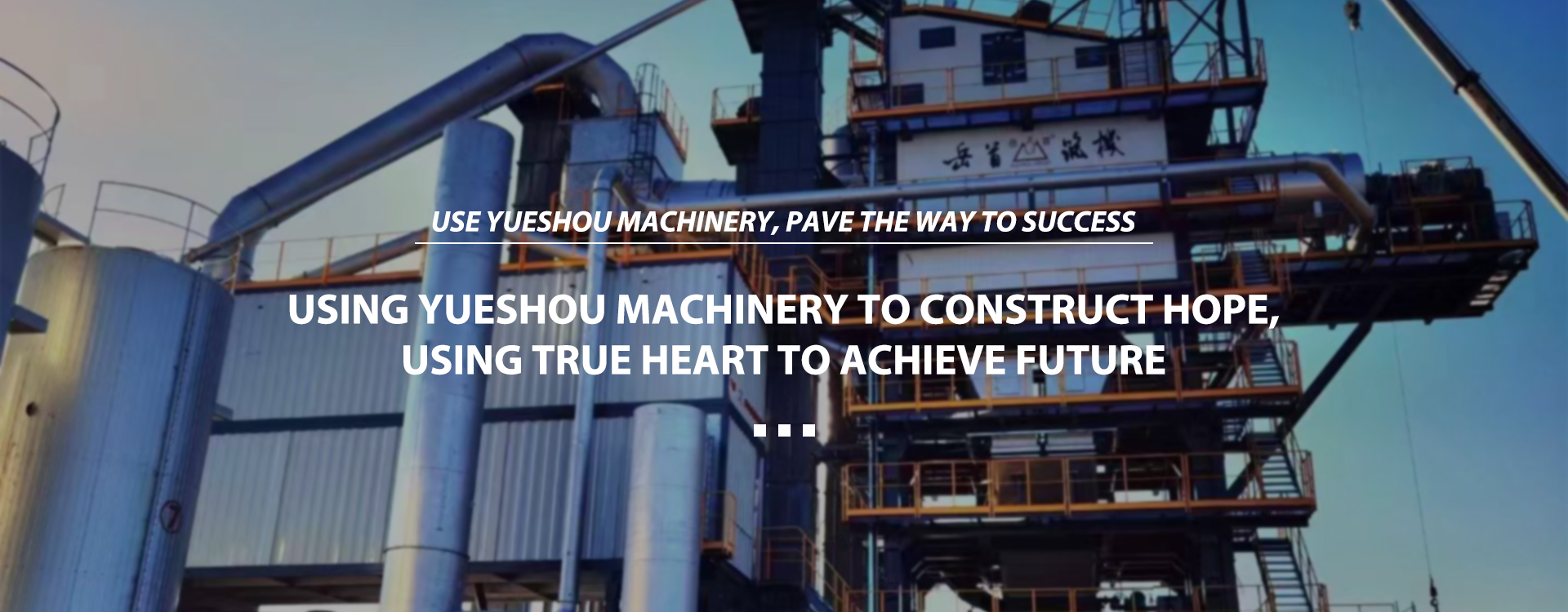
Best selling products
Best selling productsRelated search
Related search- High-Quality preferred materials asphalt plant Exporters
- High-Quality preferred asphalt plant
- High-Quality barber greene asphalt plant Factories
- High-Quality knife river asphalt plant
- Discount mobile concrete plant for sale
- Discount eureka asphalt plant
- High-Quality nearest concrete plant Manufacturers
- Best ready mix concrete plant machinery
- Cheap asphalt plants near my location
- High-Quality concrete mixing plant price Factory

